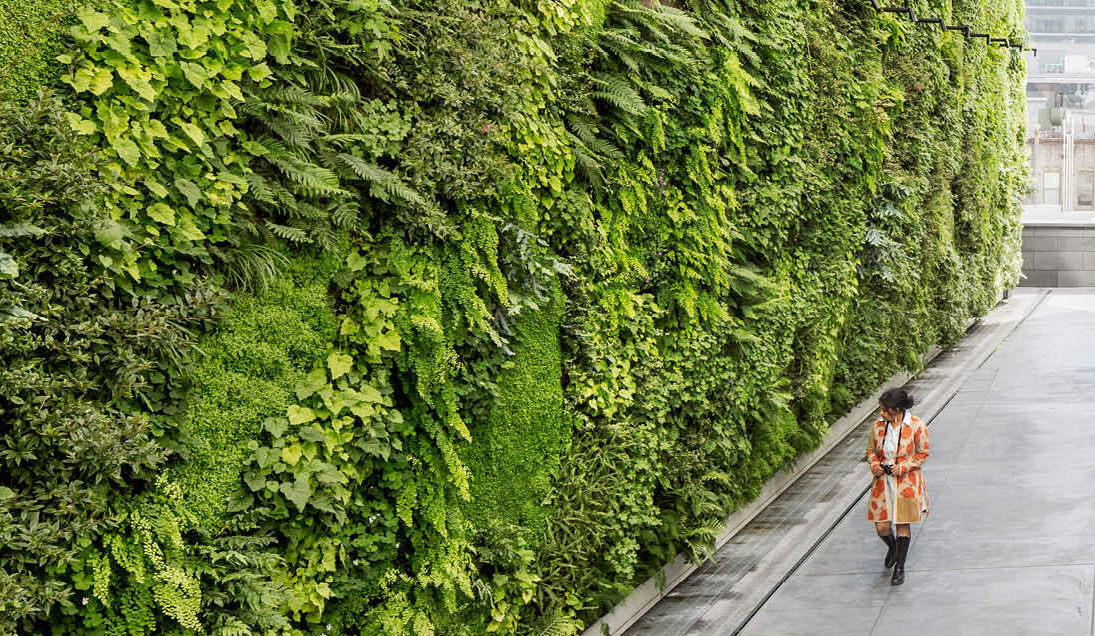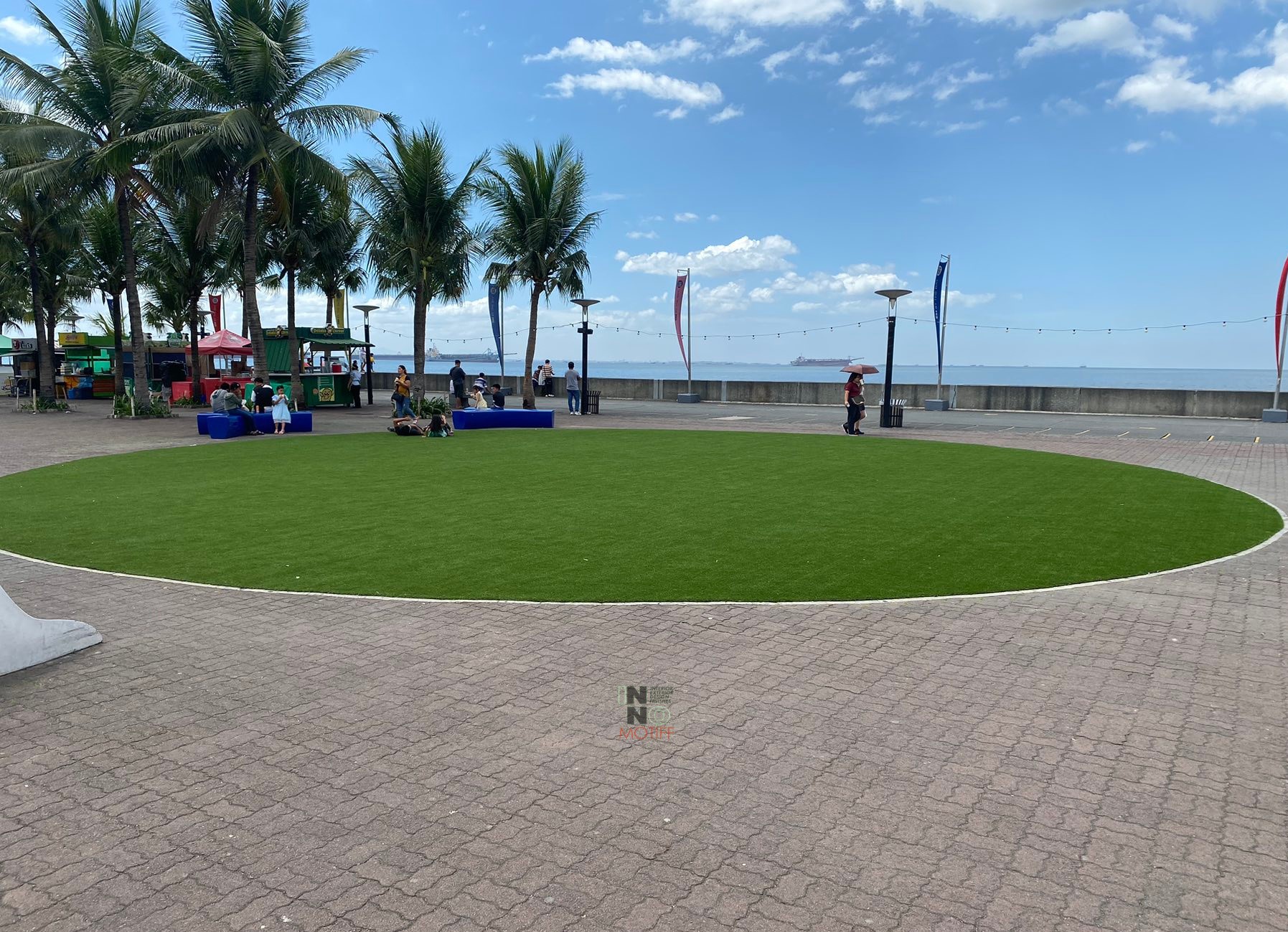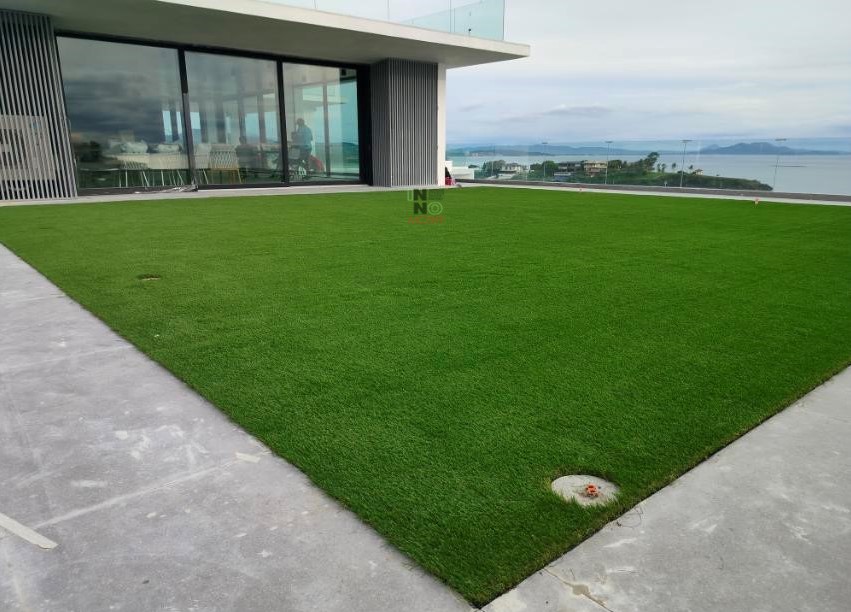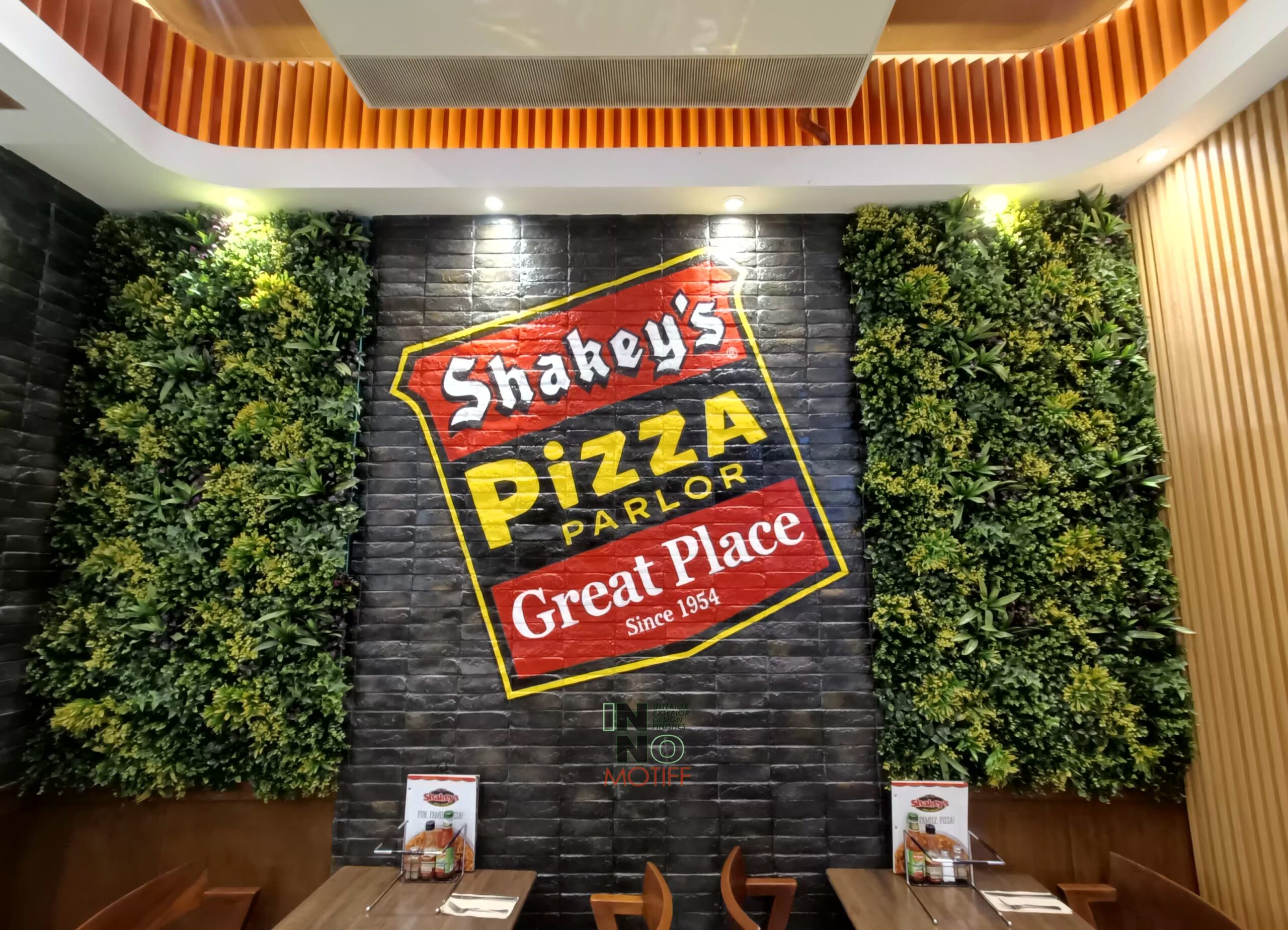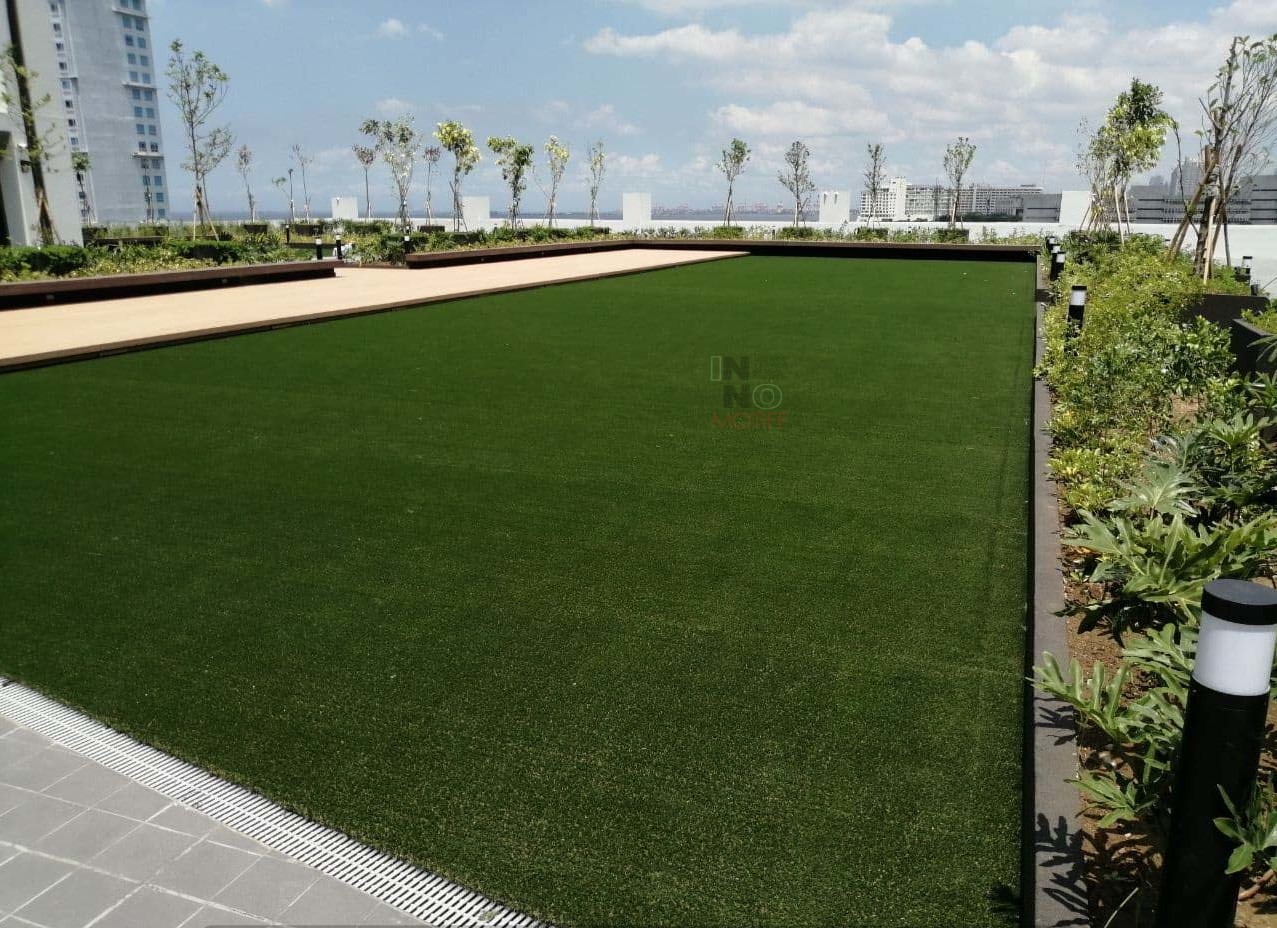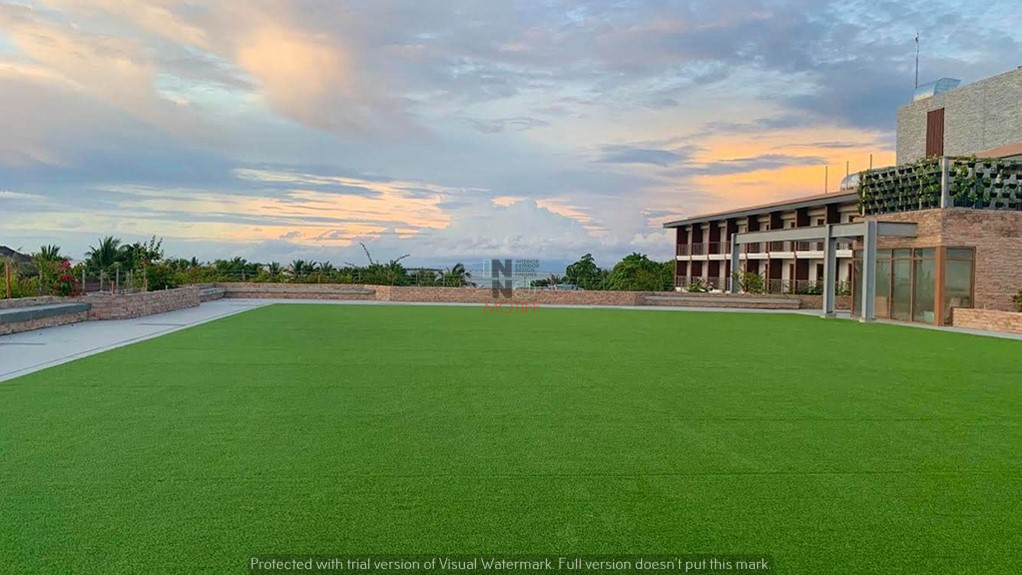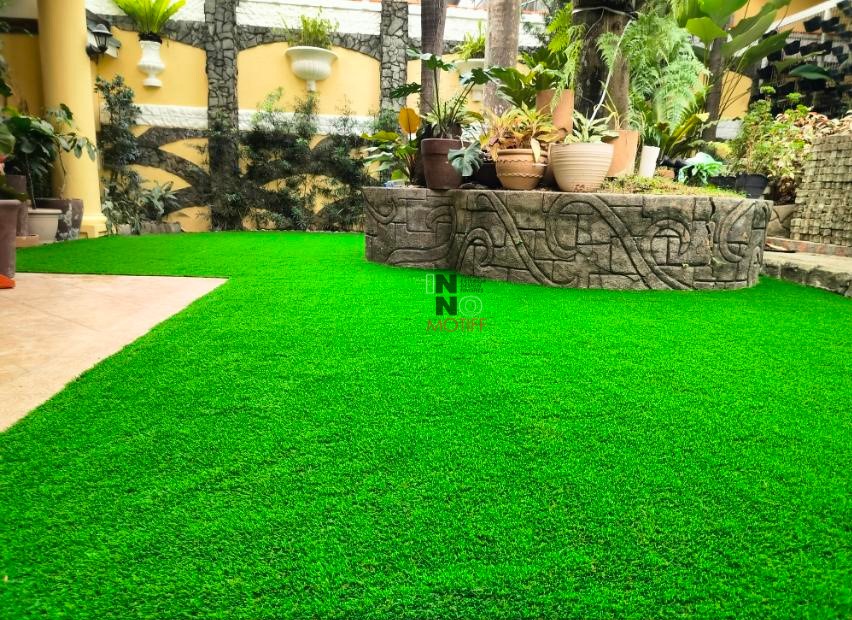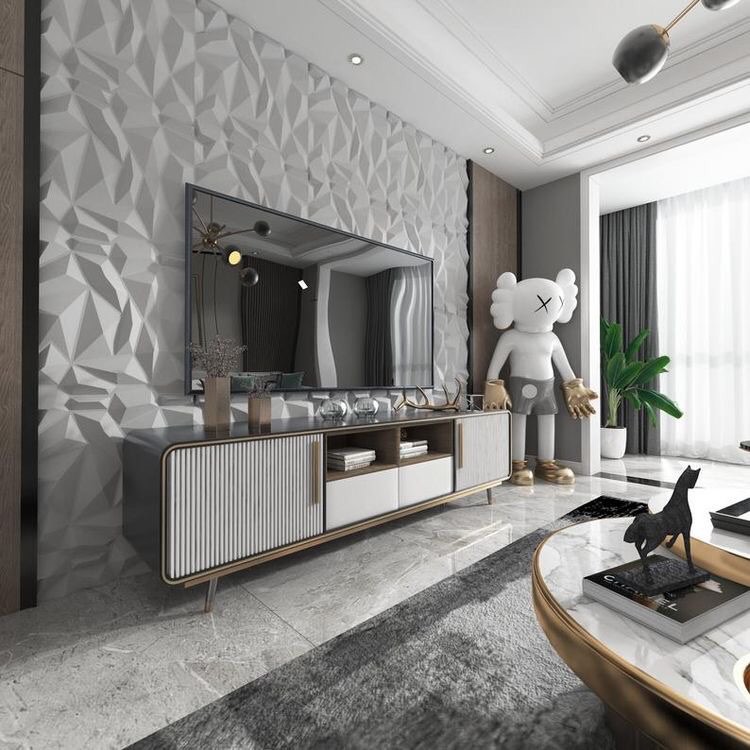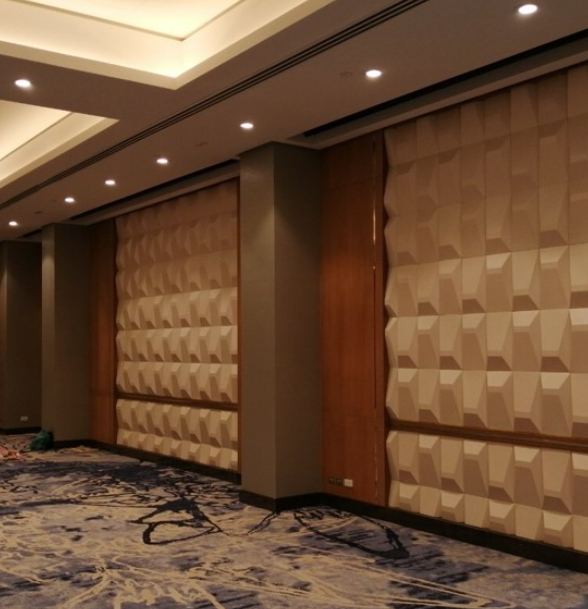Understanding Vertical Green Wall Systems
A vertical green wall system is a creative way to integrate living plants into walls, offering both aesthetic and environmental benefits. These systems can be installed indoors or outdoors, creating a lush green space in urban or residential settings. Vertical green walls come in various types, such as living walls, modular panels, and hydroponic setups, each designed to accommodate different space, budget, and maintenance requirements. The main components include a sturdy frame for support, a planting medium for holding the plants, and an irrigation system that ensures adequate water supply. Unlike traditional gardens, vertical green walls make efficient use of vertical space, which is especially useful in compact areas. They not only transform the visual appeal of a room or building facade but also serve as functional additions by improving air quality. Understanding the structure and purpose of a vertical green wall system is the first step to creating a thriving green environment.
Benefits of Installing a Vertical Green Wall System
Installing a vertical green wall system offers multiple advantages that extend beyond visual appeal. One of the primary benefits is environmental: these walls naturally filter air, reducing pollutants and providing cleaner indoor spaces. Additionally, green walls help in lowering urban heat by cooling surrounding areas, and they also reduce noise pollution by acting as natural sound absorbers. From an aesthetic standpoint, vertical green walls bring a fresh and vibrant element to both interior and exterior spaces, instantly creating a focal point that enhances design appeal. Health and wellness benefits are significant, with studies showing that being around greenery can reduce stress, boost mood, and improve productivity in workplaces. These walls also contribute to energy efficiency by providing natural insulation, which can help regulate indoor temperatures and lower energy consumption. Businesses, homeowners, and public spaces can enjoy a combination of ecological, practical, and psychological advantages with a well-designed green wall.
Design Considerations for Vertical Green Wall Systems
Before installing a vertical green wall system, several design factors must be considered to ensure long-term success. Plant selection is critical, as indoor and outdoor environments require different types of greenery to thrive. Light availability, humidity, and temperature levels must be evaluated to match plants with their surroundings. Structural considerations are also essential, including wall strength and weight-bearing capacity, as some systems can become heavy when fully planted. Irrigation and drainage planning is another key aspect, ensuring plants receive sufficient water without causing damage to the building. A successful design integrates seamlessly with existing architecture and interior design, complementing other elements rather than overwhelming them. Vertical green walls can be customized in terms of layout, colors, and plant varieties to reflect personal style or brand identity. These considerations ensure that the system remains visually appealing and sustainable for years to come.
Step-by-Step Installation Process
Installing a vertical green wall system requires careful planning and execution to achieve a healthy and attractive result. First, a thorough site assessment is necessary to determine the best location, considering factors like sunlight exposure, wall orientation, and accessibility for maintenance. Next, the appropriate type of vertical wall system should be selected, whether it’s modular panels, felt pockets, or hydroponic setups. Installation begins with mounting the framework securely to the wall, ensuring it can support the weight of the plants and growing medium. After the frame is in place, the planting medium is added, followed by arranging the plants according to design patterns or functional requirements. The irrigation system is then installed to provide consistent water flow, which may include automated systems for convenience. Finally, the plants are carefully planted, and the system is tested to ensure proper functionality. This methodical approach ensures the wall thrives and remains an attractive feature over time.
Maintenance Tips for Longevity
Maintaining a vertical green wall system is essential for preserving its beauty and functionality. Regular watering is critical, and many modern systems come with automated irrigation that reduces manual effort. Fertilization should be done periodically to provide nutrients that keep plants healthy and vibrant. Pruning helps control plant growth and prevents overcrowding, ensuring each species receives adequate light and airflow. Replacing plants that are not thriving is important to maintain the overall appearance and health of the wall. Pest management and monitoring for disease are necessary to prevent infestations that can damage the system. Indoor walls may require adjustments to humidity and lighting, while outdoor walls need seasonal care to adapt to changing weather. By following a consistent maintenance routine, vertical green walls can remain lush and functional for years.
Cost Factors and Budgeting
The cost of installing a vertical green wall system varies depending on materials, size, and complexity. Material costs include the frame, planting medium, plants, and irrigation system, all of which can differ in quality and price. Labor and design fees may also add to the initial investment, particularly if professional installation is required. Ongoing maintenance, including water, fertilizer, pruning, and plant replacement, contributes to the long-term budget. Comparing DIY installation with professional services can help determine the most cost-effective approach while ensuring quality. Some homeowners and businesses opt for smaller-scale systems to manage costs while still enjoying the benefits of a green wall. Strategic planning and budgeting ensure the system is sustainable and provides maximum value.
Sustainability and Future Trends
Vertical green wall systems are increasingly recognized for their sustainability benefits and innovative potential. Eco-friendly materials such as recycled panels, biodegradable planting mediums, and water-efficient irrigation contribute to a lower environmental impact. Technological advancements, including sensor-driven irrigation and automated monitoring, are making maintenance easier and more efficient. Urban planners and architects are integrating green walls into public and commercial spaces, enhancing aesthetics while promoting environmental responsibility. Vertical green walls are also becoming a popular choice in offices, restaurants, and hotels as a way to improve air quality and create a welcoming atmosphere. The combination of sustainability and modern design trends ensures vertical green wall systems remain a desirable feature for the future.
FAQ
- How long does it take to install a vertical green wall system? Installation time depends on size and complexity but typically ranges from a few days for small DIY systems to a couple of weeks for large professional setups.
- Can vertical green walls be installed in small apartments or offices? Yes, modular panels and compact hydroponic systems allow even small spaces to enjoy the benefits of a vertical green wall.
- What types of plants are best suited for vertical walls? Low-maintenance species such as ferns, pothos, and succulents work well, with plant selection adjusted based on light and climate conditions.
- How much maintenance is required for a vertical green wall system? Maintenance includes watering, fertilizing, pruning, and monitoring plant health, which can be minimized with automated systems.
- Are vertical green wall systems expensive to maintain? Costs vary depending on plant types and irrigation systems, but overall, maintenance is manageable and offset by the benefits of improved air quality and aesthetics.
Takeaway
A vertical green wall system is more than a design statement; it’s an investment in environmental quality, wellness, and architectural elegance. By carefully selecting the right plants, designing for the specific space, and following proper installation and maintenance practices, these walls can transform ordinary spaces into vibrant, sustainable environments. From improving air quality to creating calming natural aesthetics, the benefits extend far beyond visual appeal. As technology and eco-conscious design continue to evolve, vertical green wall systems remain a forward-thinking solution for homes, offices, and public spaces seeking a greener, healthier, and more inspiring atmosphere.

